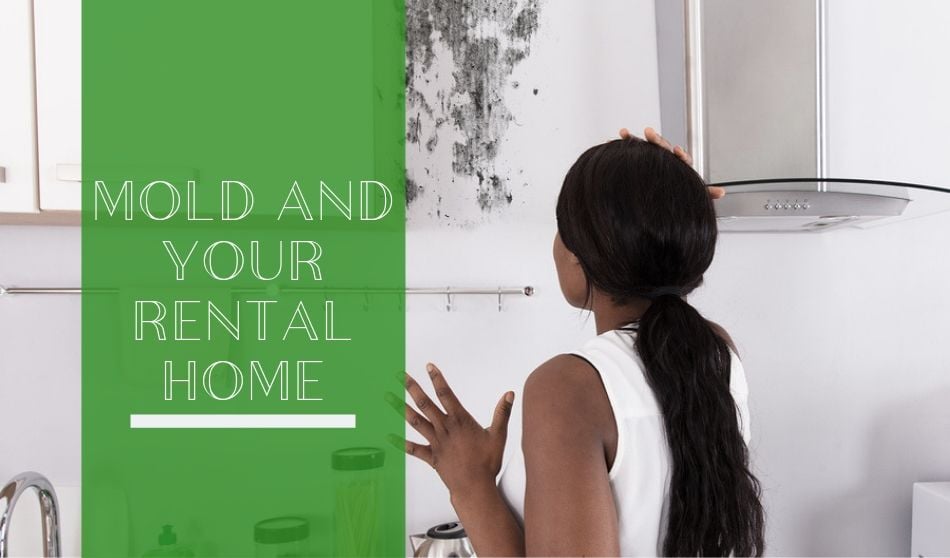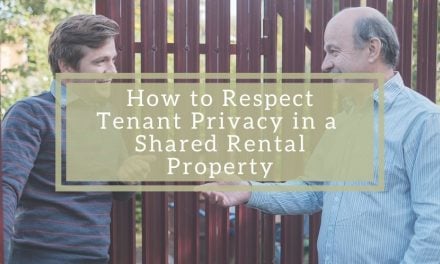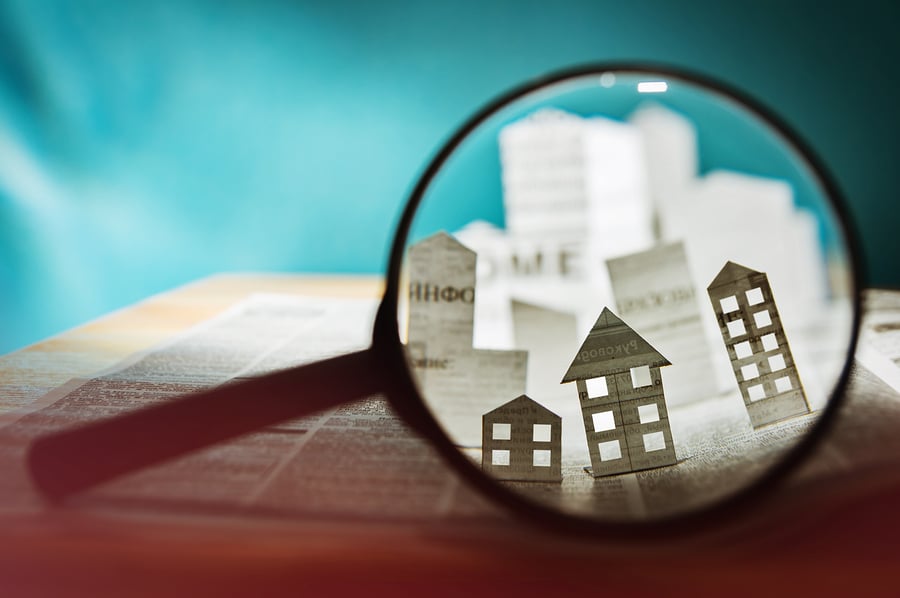 Mold is one of the most controversial environmental hazards that creates big problems landlords – from expensive property damage and lost rent to multi-million dollar tenant lawsuits for mold-related illness.
Mold is one of the most controversial environmental hazards that creates big problems landlords – from expensive property damage and lost rent to multi-million dollar tenant lawsuits for mold-related illness.
While a landlord is legally tasked with maintaining habitual premises for all tenants, responsibility and liability for mold control has been debated as to a tenant vs management responsibility. Nolo notes that only a few states and municipalities have specific laws about a landlord’s responsibility regarding mold maintenance.
Even if your state does not have any mold specific laws, monitoring your rental home’s moisture level and managing any mold issues immediately will prevent property damage, keep your tenants healthy, and help you avoid any tenant disputes on the topic.
To further assist any landlord or property manager, we’ve put together some basic information about mold and your rental properties.
What is mold
- The Environmental Protection Agency states that molds are a natural part of the environment, and can be found everywhere, both indoors and outdoors. Mold is not usually a problem, unless it begins growing indoors. As a landlord, mold growth should not be tolerated in your property. If left untreated, the moisture and the mold will damage what it is growing on, including the building or your tenant’s belongings, and could pose serious health risks for your tenants.
- HGTV.com explains the common types of molds found in a home:
- The most common types of mold include aspergillus, cladosporium and stachybotrys atra (also known as black mold).
- Aspergillus is a fairly allergenic mold that is commonly found on foods and in-home air conditioning systems.
- Cladosporium is typically a black or green “pepper-like” substance that grows on the back of toilets, painted surfaces, and fiberglass air ducts. While this mold is nontoxic to humans, it can trigger common allergy symptoms, such as red and watery eyes, rashes and a sore throat.
- Stachybotrys atra is characterized by a green-black color. The CDC notes that “while [stachybotrys atra] is less common than other mold species, it is not rare.”
- The most common types of mold include aspergillus, cladosporium and stachybotrys atra (also known as black mold).
Where mold grows
- Molds can be found almost anywhere; they can grow on virtually any substance, providing moisture is present. There are molds that can grow on wood, paper, carpet, and foods.
- In the home, mold is most often found in parts of a building that are prone to moisture or ventilation issues, such as bathrooms and basements. Because of its fondness for a moist environment, indoor mold also tends to thrive following any type of flooding or extended moisture exposure, such as a roof or pipe leaking, drafty windows, or following a big storm.
What causes mold growth
- According to the CDC, mold can enter your home through open doorways, windows, vents, and heating and air conditioning systems. Mold in the air outside can also attach itself to clothing, shoes, bags, and pets can and be carried indoors.
Health concerns from mold
- Not all mold is toxic but the CDC explains that exposure to damp and moldy environments may cause a variety of health effects or none at all. Some people are sensitive to molds. For these people, molds can cause nasal stuffiness, throat irritation, coughing or wheezing, eye irritation, or, in some cases, skin irritation. People with mold allergies may have more severe reactions. Immune-compromised people and people with chronic lung illnesses, such as obstructive lung disease, may get serious infections in their lungs when they are exposed to mold.
What to do when you find mold
- The only way to prevent mold growth in your home is to prevent moisture build-up. Since mold is extremely common in our environment, you will most likely need to deal with mold management during your landlord career.
- Mold becomes dangerous if left untreated, so to protect your property and your tenants, if you find even a small amount of mold in your home you need to clean up the mold and fix the moisture problem immediately. Mold can be cleaned off non-porous materials like metal, but not from cloth, drywall or wood.
- Small mold or mildew infestations can be treated with a scrub brush and store-bought cleaner; a large infestation will require a tougher cleaner, as well as the removal of damaged surfaces, such as fabric or carpet.
- As a landlord, you should respond to all tenant maintenance requests about water leaks or damage and mold concerns.
- Provide your tenants with educational materials that explain the different types of mold and what they can do to prevent moisture in the home (like using proper ventilation and reporting water concerns immediately).
Mold Prevention Tips
- Keep humidity levels as low as you can—no higher than 50%–all day long. An air conditioner or dehumidifier will help you keep the level low.
- Be sure your home has enough ventilation. Use exhaust fans that vent outside your home in the kitchen and bathroom. Make sure your clothes dryer vents outside your home.
- Fix any leaks in your home’s roof, walls, or plumbing so mold does not have moisture to grow.
- Clean up and dry out your home thoroughly and quickly (within 24–48 hours) after flooding.
- Add mold inhibitors to paints before painting.
- Clean bathrooms with mold-killing products.
- Remove or replace carpets and upholstery that have been soaked and cannot be dried promptly. Consider not using carpet in rooms or areas like bathrooms or basements that may have a lot of moisture.
- Prevent condensation: Reduce the potential for condensation on cold surfaces (ie windows, piping, exterior walls, roof, or floors) by adding insulation
A landlord’s responsibility for mold
Mold or not, it’s the landlord’s responsibility to ensure that the property is habitable. Under the law, you’re required to maintain the property for your tenant and make necessary repairs such as fixing broken windows, leaky pipes and roofs. Fortunately, neglecting in these repairs is usually what causes mold, so as long as you stay on top of property maintenance, your property should stay mold-free
The CDC reminds us that “ a good sampling for mold can be expensive, and standards for judging what is and what is not an acceptable quantity of mold have not been set. The best practice is to remove the mold and work to prevent future growth.”
Bottom Line – If mold is growing in your home, you need to clean up the mold and fix the moisture problem.






My husband and I we tearing out some old cabinets in our basement, and there was a little patch of mold behind one of them. It’s not very bad, but we need to take care of it, so that it doesn’t get worse. Once we get rid of it, we’ll be sure to keep the humidity levels in our house as low as possible, so that we don’t have this problem again.
The explanation given by you through this blog was commendable. Also people should prevent molds in their homes as they could be the reason for nasal congestion , eye irritation and many other diseases. I suggest that if the people have mold in their homes then they should call professionals for its removal.